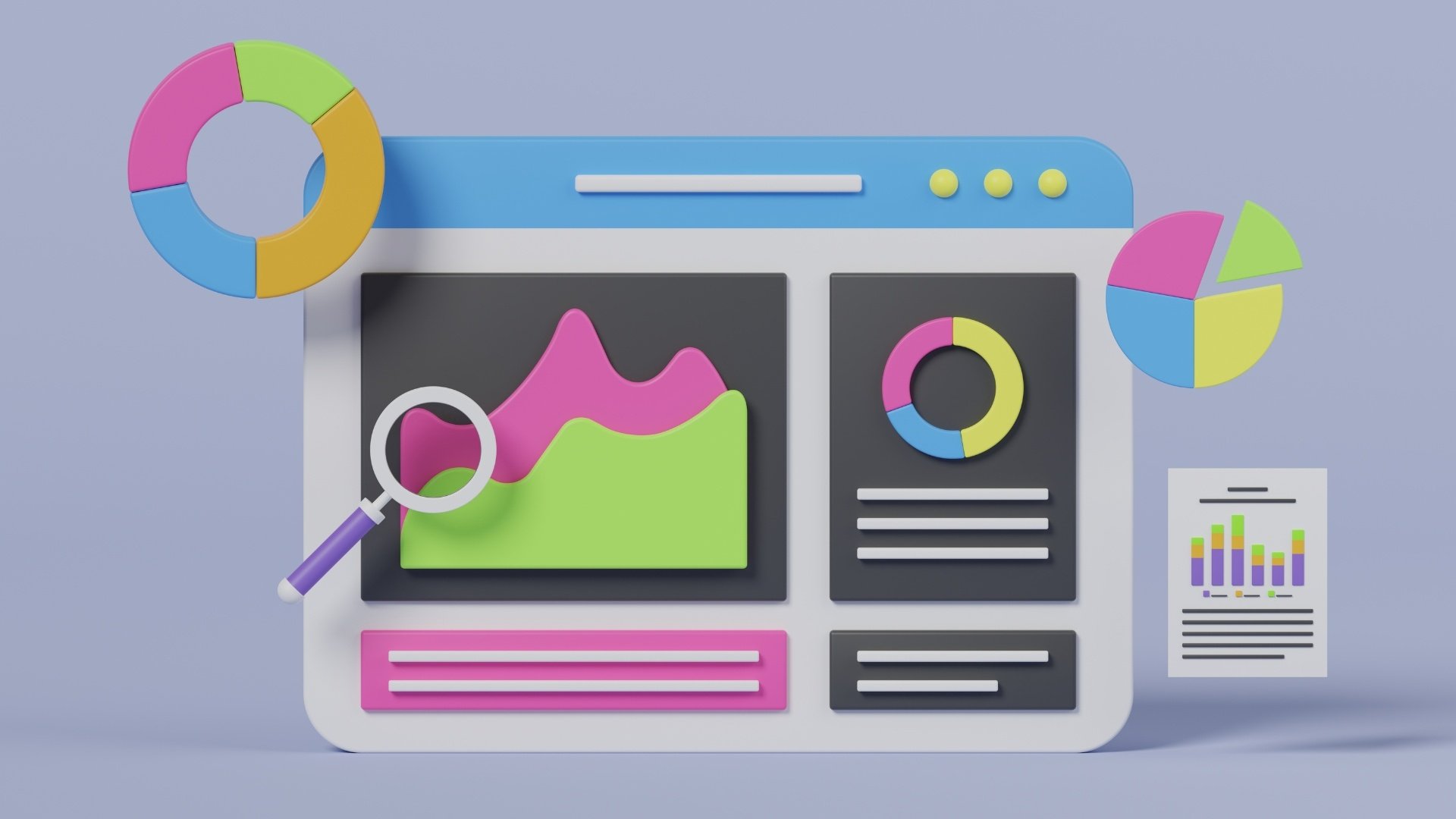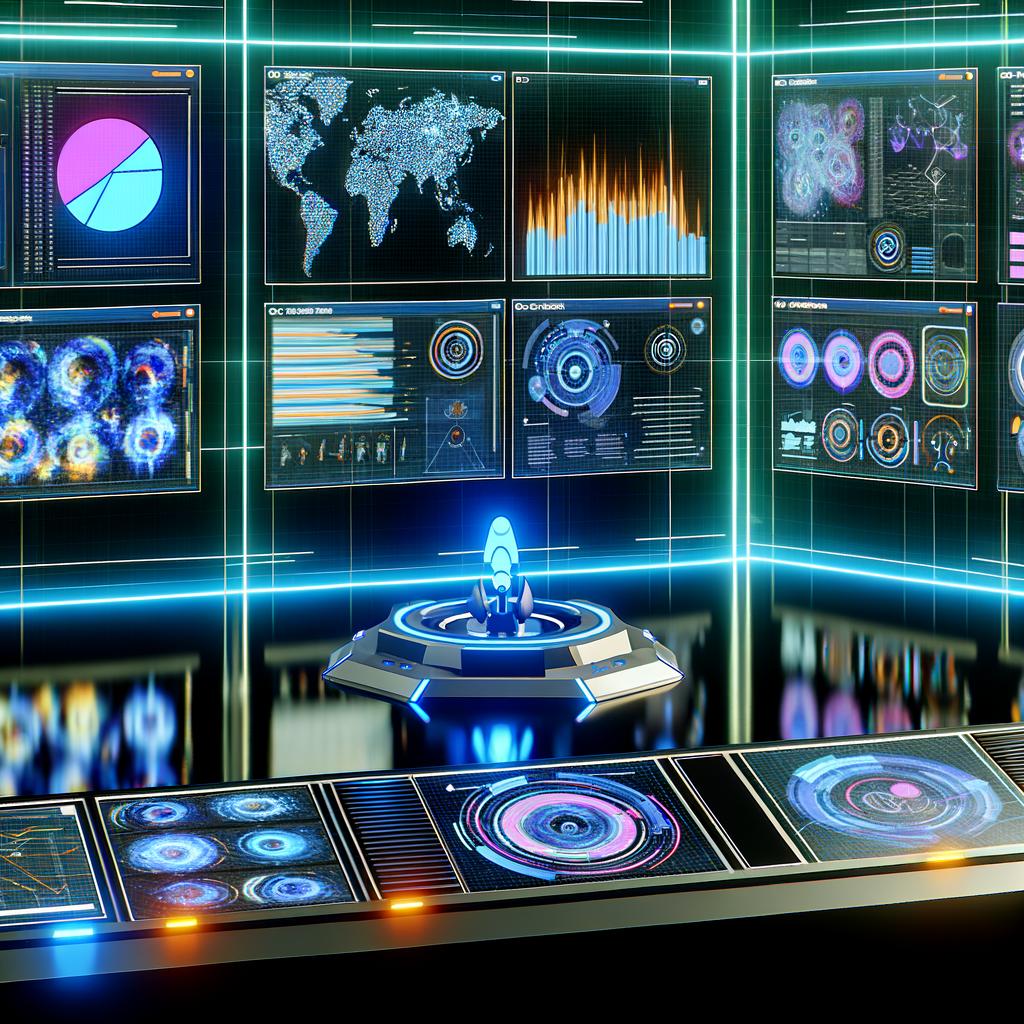Data Analysis and Visualization: Making Better Decisions

Data analysis and visualization are powerful tools that can help us make better decisions. By analyzing data, we can identify patterns and trends that might not be immediately apparent. We can also use data to test hypotheses and make predictions about the future.
However, relying too heavily on big data can be dangerous. Big data is often incomplete or biased, and it can be difficult to separate signal from noise. In addition, big data can reinforce existing biases and inequalities if it is not used carefully.
To avoid these pitfalls, it is important to be transparent and accountable in the use of big data. This means being clear about the sources of our data and the methods we use to analyze it. It also means being open to feedback and criticism from others.
Reinforcing Existing Biases and Inequalities
One of the biggest risks associated with big data is that it can reinforce existing biases and inequalities. For example, if we rely solely on data from a particular group of people, we may miss important insights from other groups. Similarly, if we use data that is biased in some way (e.g., because it was collected using a flawed methodology), we may draw incorrect conclusions.
To avoid these problems, it is important to be aware of our own biases and to seek out diverse sources of data. We should also be careful to use data that is representative of the population we are studying.
Transparency and Accountability
Transparency and accountability are key principles in the use of big data. By being transparent about our methods and sources of data, we can help others understand how we arrived at our conclusions. This can help build trust and credibility with stakeholders.
In addition, being accountable means being open to feedback and criticism from others. This can help us identify flaws in our methods or biases in our data that we might have missed otherwise.
Check out the following videos that discuss the importance of data analysis and visualization in making better decisions.
|
|
David McCandless is a data journalist and information designer who turns complex data sets into beautiful, simple diagrams that tease out unseen patterns and connections. In this TED talk "The beauty of data visualization," he explains how good design is the best way to navigate information glut and how it may just change the way we see the world. |
|
|
Cathy O’Neil is a mathematician and data scientist who has written extensively about the dangers of relying too heavily on big data. In her TED talk “The era of blind faith in big data must end,” she argues that algorithms are not neutral and that they can be used to reinforce existing biases and inequalities. She calls for greater transparency and accountability in the use of big data to ensure that it is used in ways that are fair and just. |
|
|
Susan Etlinger is a data analyst who explores the complex intersections between technology, society and culture. In her TED talk “What do we do with all this big data?” she discusses how we can make sense of the vast amounts of data that are being generated every day and how we can use it to make better decisions. |
|
|
Erin Baumgartner is an entrepreneur who believes that the path to better food is paved with data. In her TED talk “Big data, small farms and a tale of two tomatoes,” she outlines her plan to help create a healthier, zero-waste food system that values the quality and taste of small, local farm harvests over factory-farmed produce. |
|
|
Mona Chalabi is a data journalist who has written extensively about the ways in which statistics can be misleading. In her TED talk “3 ways to spot a bad statistic,” she outlines some of the most common mistakes that people make when interpreting data and offers some tips on how to avoid them. |
Data analysis and visualization are powerful tools that can help us make better decisions. However, relying too heavily on big data can be dangerous if we are not careful. To avoid these pitfalls, it is important to be transparent and accountable in the use of big data. By doing so, we can ensure that our analyses are accurate, unbiased, and representative of the data we are studying.





